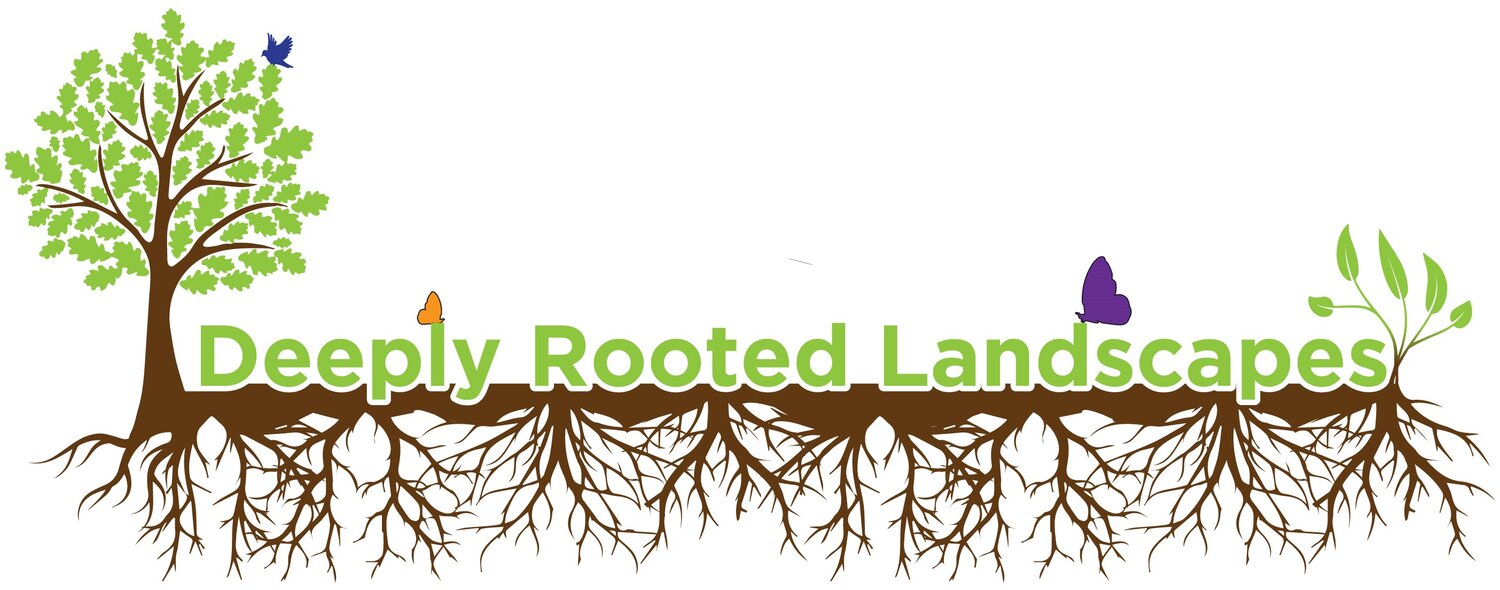Invasive Plants in Ohio: How to Remove Them from Your Yard
Invasive plants are a hidden threat to Ohio's native ecosystems. These non-native species spread rapidly, outcompeting local flora, disrupting habitats, and reducing biodiversity. If you're passionate about protecting Ohio's natural environment, identifying and removing invasive plants from your yard is a great place to start. This guide will walk you through some of Ohio's most common invasive plants, effective removal methods, and native alternatives to help restore balance and promote biodiversity in your yard.
What Are Invasive Plants?
Invasive plants are species introduced to areas outside their natural range, often purposely by humans. Once established, they grow rapidly and aggressively, taking over large areas. Their success stems from several key characteristics:
Rapid Growth and Reproduction: Invasive plants spread quickly, often through seeds, roots, or runners, outpacing native species.
Lack of Natural Predators: These plants usually have few or no natural predators or diseases to keep them in check in their new environment.
Adaptability: Invasive species can thrive in various conditions, from wet to dry soils and full sun to shade, making them hard to control.
Ecological Disruption: Invasive species disrupt ecosystems by altering soil chemistry, changing habitats, outcompeting native plants, and harming local wildlife.
Invasive plants aren't just an environmental issue. They can also damage property, harm agriculture, and cost millions in control efforts each year. Luckily, you can take action right in your own yard.
Common Invasive Plants in Ohio
Here are some of the most common invasive species threatening Ohio's landscapes:
Trees + Shrubs: Tree of Heaven (Ailanthus altissima), Amur/Bush Honeysuckle (Lonicera maackii), Callery/Bradford Pear (Pyrus calleryana), Multiflora Rose (Rosa multiflora).
Vines: Winter Creeper (Euonymus fortunei), English Ivy (Hedera helix), Japanese Honeysuckle (Lonicera japonica).
Grasses: Japanese Stiltgrass (Microstegium vimineum), Reed Canary Grass (Phalaris arundinacea), Common Reed (Phragmites australis ssp. australis).
Flowering Plants: Garlic Mustard (Alliaria petiolata), Japanese Knotweed (Fallopia japonica), Lesser Celandine (Ficaria verna), Purple Loosestrife (Lythrum salicaria).
Each of these species can quickly dominate an area, pushing out native plants that are essential for Ohio's wildlife.
Removing Invasive Plants from Your Yard
Removing invasive plants can feel daunting, but you can regain control of your landscape with the right methods. Here are several techniques to help you successfully remove invasive plants from your yard:
Manual Removal
Manual removal can be effective for small infestations. Grab a pair of gloves and a sturdy shovel, and get to work!
How-To: Pull or dig out the invasive plants, removing as much of the root system as possible to prevent regrowth.
Pro Tip: Dispose of the removed plants in a way that ensures they won’t spread. Many invasive species can regenerate from root fragments or seeds, so don’t compost them. Put them in a tied bag in your garbage bin.
Herbicide Application
Herbicides can be helpful for larger infestations or species with extensive root systems. However, they should be used cautiously to avoid harming nearby native plants.
How-To: Select an herbicide appropriate for the species you're targeting and apply it according to the manufacturer's instructions.
Pro Tip: Apply herbicide directly to freshly cut stumps to prevent regrowth, particularly with invasive trees or shrubs. This method works best in the fall.
Smothering or Sheet Mulching
Smothering the plants can be effective for ground-level invasions like grasses or vines.
How-To: Cut the invasive plants as close to the ground as possible. Then, cover the area with cardboard or thick layers of newspaper, followed by a layer of mulch.
Pro Tip: Regularly check for new growth and remove it promptly.
Planting Aggressive Native Plants
Once you've removed invasive plants, it's time to prevent their return by filling in the gaps with aggressive native species. These plants will outcompete invasives, holding the ground and promoting biodiversity.
Aggressive Native Plants to Consider
Planting native species helps restore ecological balance and can actively prevent invasive plants from returning. Here are some of Ohio’s aggressive native plants that can help you reclaim your yard:
For Shade:
- Flowering Plants: Blue Mistflower (Conoclinium coelestinum), Wild Geranium (Geranium maculatum), Virginia Bluebells (Mertensia virginica), Golden Ragwort (Packera aurea), Zigzag Goldenrod (Solidago flexicaulis).
- Grasses + Sedges: Common Wood Sedge (Carex blanda), River Oats (Chasmanthium latifolium
For Sun:
- Flowering Plants: Canada Anemone (Anemone canadensis), Butterflyweed (Asclepias tuberosa), Purple Coneflower (Echinacea purpurea), Bee Balm (Monarda fistulosa), Obedient Plant (Physostegia virginiana), Black Eyed Susan (Rudbeckia hirta).
- Grasses + Sedges: Big Bluestem (Andropogon gerardii), Palm Sedge (Carex muskingumensis), Little Bluestem (Schizachyrium scoparium), Indian Grass (Sorghastrum nutans).
- Shrubs: Gray Dogwood (Cornus racemosa), Staghorn Sumac (Rhus typhina), Pussy Willow (Salix discolor), Black Elderberry (Sambucus canadensis).
These species will create a robust, biodiverse landscape that naturally resists invasive plants.
Prevent Future Invasions with Smart Planting
To minimize future invasions, practice "preventive planting" by filling your yard with competitive native plants. Instead of leaving bare patches of soil where invasive plants could take root, ensure your garden is densely planted with native species. For more information on how to get aggressive with aggressive native plants, check out these two articles by Nancy Lawson, aka the Humane Gardener.
How To Fight Plants With Plants
The Plants Are Coming Home: Partnering with Natives To Crowd Out Invasives
By committing to removing invasive plants and replacing them with natives, you're contributing to the health and resilience of Ohio's natural landscapes. It's time to reclaim your yard for nature—one plant at a time!
Want to learn more about removing invasive plants? Visit the Ohio Invasive Plants Council, the Ohio Department of Agriculture: Invasive & Noxious Plants, and the USDA National Invasive Species Information Center.
If you have many invasive species on your property and aren't sure where to start, contact Deeply Rooted Landscapes!
Our team can tackle creeping vines like English Ivy and Japanese Honeysuckle, invasive shrubs like Autumn Olive, and trees like Bradford Pear. If you want to learn how we remove invasive plants, we're happy to have you work alongside our team.
Contact Bronwynn at bronwynn@deeplyrootedlandscapes.com to be added to our list for Invasive Plant Removals.






































